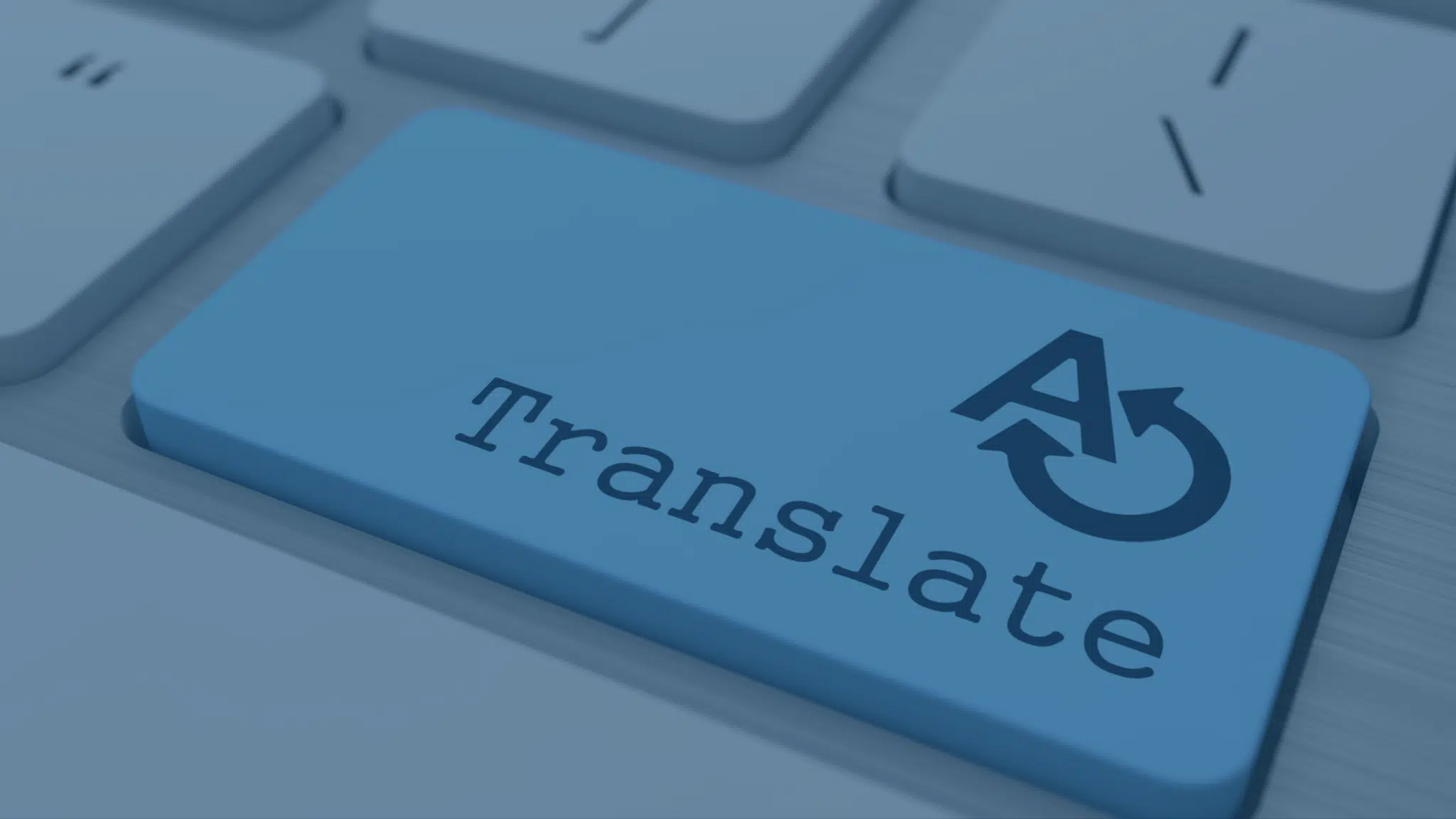Machine Translation in the Healthcare Industry
Within the healthcare industry, machine translation (MT) has rapidly come into focus as a solution for managing turnaround time and efficiency within the translation process. However, as organizations move to use this technology, a few key challenges have been identified:
- Security concerns relating to personal health information (PHI) and data retention
- Where and how to apply MT for success
- How and if MT will impact regulatory quality demand
In this blog we will focus on the 3 key takes in maximizing the value of machine translation whilst navigating these challenges.
The net summary is that with expertise, a customized and secure deployment MT can radically alter your ability to provide non-English speaking members with rapid and efficient service and support, with very little downside.
- Effective and Engaging Member Communication Demands High Volume Translated Materials
As healthcare organizations seek to address the imbalance of care and outcomes with limited English speaking (LEP) members, the volume of content required to support this communication has grown significantly – patient education, Health Reimbursement Arrangements (HRAs), forms and interpretation are all requiring greater levels of support.
Raw MT (going to Google or Microsoft from a browser) can present two of the key risks identified above: it is very low security – risking patient integrity and generally does not support complex healthcare terms and conditions with any level of proficiency.
To address these challenges, but still benefit from MT solutions to address the rise in content demand, a secure MT deployment can be created by professional language solutions companies such as Propio. Within this environment, only your organization uses the specific MT usage and security can be controlled with the same type of protocol as your internal document management systems, allowing MT to exist within your security policies.
Additionally, the secure MT can also be customized for your specific voice tone and style – including key medical terms, phrases and usage that you focus on as an organization. MT can be trained to deal with different aspects of healthcare such as oncology, coronary conditions, etc. improving the ability of the MT to provide meaningful content within your LEP member engagement strategy.
- Machine Translation Provides Varied Quality output, Creating Push Back with Members and Internal Users
Like most things, MT has many different flavors. It’s easy to see new technology as “holistic” – but the actual application of MT makes a tremendous difference in how it is set up, trained, and deployed, resulting in effect with an entirely different product.
As healthcare organizations rushed to use the technology, they often experienced raw MT – this is where an internal team member went to Google or Microsoft to cut and paste the content into a browser to get a translation. In many cases, this is surprisingly good. In others, it’s exceptionally bad. That’s a very high risk to release to members in a broad sense (as and as mentioned above, it’s a security risk, too!).
The key is to understand the intended purpose. For instance, to apply MT effectively to medical claims processing at a raw level will ultimately fail because of the variable output quality that could see as much as 60% of claims being rejected. However, if MT is paired with other technologies that allow intelligent filtering, the useful content can be filtered and rooted without any impact on the overall workflow.
The other consideration is “training for purpose”. For a large payer, for example, you may consider they have a single Vietnamese MT. In reality, they have 6 different Vietnamese MT’s working in unison. Each is trained to deal with a specific aspect of content: One trained for marketing, one for enrollment, etc. This allows for far more reliable and accurate output.
- How Does MT Impact my Regulatory Requirements, Both on Quality of Output and on Protection of PHI Data?
We have touched on both in previous points, but given the importance of regulatory control, this is often a subject with a very discrete focus for our healthcare customers.
To address security, MT cannot be used from the public domain. The public license agreement for both Microsoft and Google allows these companies to store and use your data. Anything that can be cut and pasted into a browser or translated through the standard office plug-in becomes public domain data. Professional language solutions companies such as Propio can set up secure MT applications that flow through high-security portals that comply with ISO and HITRUST standards that are demanded in healthcare. If your organization has internal staff using web browser translation, this poses a risk for your security policies and should be stopped.
In terms of support from a regulated quality perspective, the application of the MT is key. In 90% of cases for healthcare MT is just part of an overall process. While you give up some of the speed and efficiency benefits of MT – using it within an overall workflow (with human oversight and processes compliant with ISO standards) allows you to ensure there is NO end-user risk on the final quality. A process often used within our secure Octave framework is called MTTE (machine translation + translate edit) – it relates to machine translation providing a first pass on regulated content, which can then be edited and reviewed by a human linguist to perfect and check it. This process is in line with ISO quality requirements of a two-stage human confirmation of content but still drives significant turnaround and cost efficiencies. Finding the right balance is critical and we suggest working with Propio to guide you through our experience of MT within healthcare.
Machine translation is a great option for hospitals, health centers, research centers, medical devices and pharmaceutical businesses to quickly obtain accurate translations at an affordable rate. To learn more about Propio’s machine translation, get in touch with us here.








